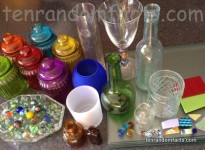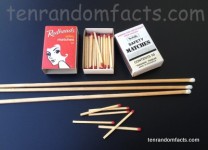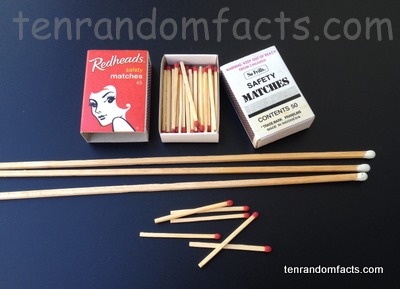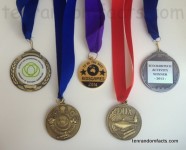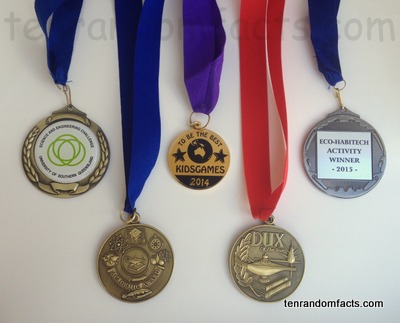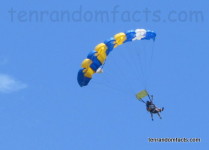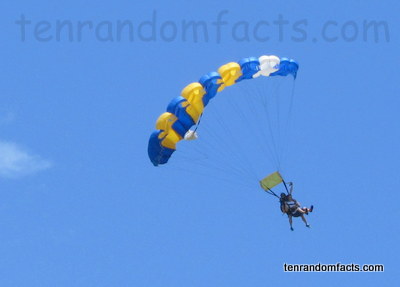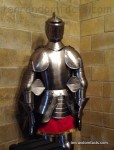
Plate armour has saved the lives of millions.
- Plate armour is an invention designed as a body covering, that was worn to defend against attacks, and was most commonly used for humans, but it was also used on horses.
- The stereotypical image of plate armour is often known as a ‘suit of armour’.
- The Ancient Greeks and Romans were major innovators in using plate armour, with the torso most protected, although full body coverings were relatively non-existent during this time.
- Plate armour was reinvented in Medieval Europe around the 1200s, and reached a full suit by the 1400s, capable of protecting the entire body.
- A full suit of plate armour, including the helmet, generally weighed around 15 to 29 kilograms (33 to 64 pounds) and only minimally restricted movement.
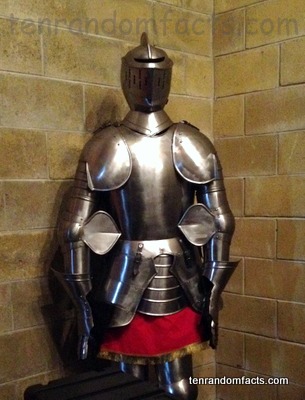
- The development of plate armour led to the redevelopment of weaponry, with such weapons aimed at penetrating the weakest points of the armour.
- Plate armour declined in viability by the late 1600s due to the introduction of practical and portable fire-powered weapons, which most armour was useless in defending against.
- A suit of plate amour typically consisted of a helmet, a torso covering, leg and arm coverings, and a pair of gauntlets to cover the hands.
- Plate armour ranged in quality and price, from those available to commoners, to those commissioned by royalty, and they are still available for sale today, mainly as collector’s item or used for medieval festivities.
- Either steel or iron was normally used to craft plate amour, and higher quality armour was generally well-tempered.
Bibliography:
Armour, 2013, Medieval Warfare, http://www.medievalwarfare.info/armour.htm
Arms and Armor—Common Misconceptions and Frequently Asked Questions, 2015, Heilbrunn Timeline of Art History, http://www.metmuseum.org/toah/hd/aams/hd_aams.htm
Plate Amour, 2015, Wikipedia, https://en.wikipedia.org/wiki/Plate_armour





